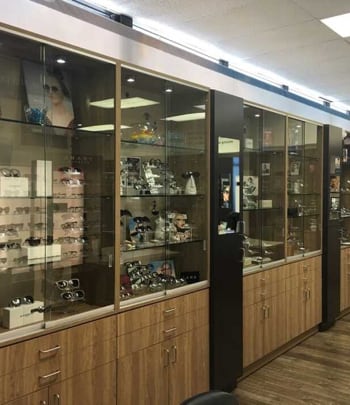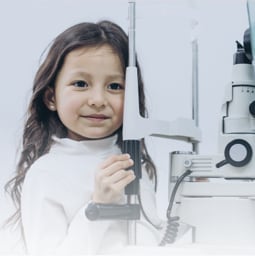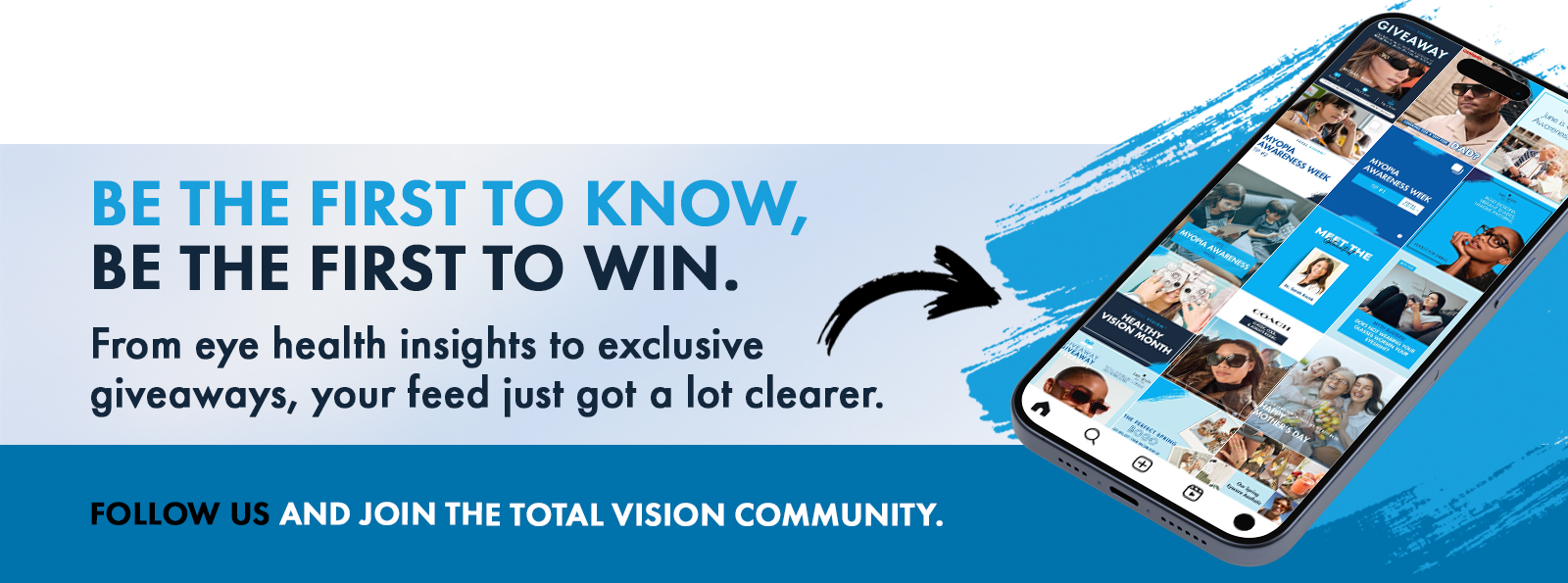Managing Their Sight Through Every Moment in Life
From taking their first steps to walking the stage at graduation, your child depends on their sight for a lot in their life. Reading the whiteboard, playing sports with friends, or even going for their first driving lesson all require healthy, clear vision.
With regular, routine eye exams, our team could help preserve your child’s eyesight throughout their life. We understand just how important your child’s vision is, so we take a personalized, health-based approach to ensure their eyes get the support they need.
Whether we’re helping your child manage myopia or correct lazy eye, they can always expect a calm, comfortable, medically-focused experience at Dr. Goldstone Vision Center in Fountain Valley.
Start your child’s eye care journey by booking an appointment at our Fountain Valley location!
Why Are Children’s Eye Exams Important?
Your child’s eyes are constantly changing and developing, just like your eyes are. From the moment they’re born, your child starts developing a range of visual skills that will serve them for the rest of their lives, like hand-eye coordination, depth perception, focusing, and much, much more.
However, just because their eyes are developing doesn’t mean there’s no risk of developing an issue. Many children can develop eye problems early in life, like nearsightedness, lazy eye, or crossed eyes. Managing these issues starts when you book your child in for routine eye exams. During an eye exam, we can look at the intricate structures that make up your child’s eyes, which could help us develop strategies to preserve their sight throughout their life.
You can help protect your child’s gift of vision by booking their next eye exam today.


When Should They Have an Eye Exam?
So, when should your child have an eye exam?
Exam frequency depends on eye health, vision, and overall health needs. In some cases, we may recommend more frequent eye exams if your child has a family risk of developing an eye disease or if we discover an issue during their first eye exam.
At Dr. Goldstone Vision Center, we start seeing our littlest patients right after their first birthday. We orientate your child’s exam based on their comfort and eye health and work diligently to detect and possibly treat potential issues that may affect their vision for the rest of their life.
Different issues can develop at different stages in your child’s life. If you’re unsure about your child’s eye health and vision, please get in touch with us or book an appointment today.
1 to 2 Years Old
During the earliest years of your child’s life, their eyes develop a range of skills that will help them navigate the world around them as they get older. These skills can include hand-eye coordination, depth perception, focusing, binocular vision movements, and visual acuity.
We recommend having 1 eye exam between the ages of 1 and 2 to help ensure they’re developing these skills properly and that their eyes are healthy.
2 to 5 Years Old
By the time your child reaches 2, their eyes may have a higher risk of developing issues like amblyopia (lazy eye) and strabismus (crossed eyes). These issues can affect a range of visual skills, making it challenging for your child to rely on their vision as they grow older.
We recommend at least 1 eye exam between 2 and 5 to address and possibly correct potential problems as early as possible.
6 to 18 Years Old
Your child depends on their vision when they enter school, so we recommend having annual eye exams from age 6 until they turn 18.
80% of your child’s learning is visual, and uncorrected issues may lead to problems learning at school or playing sports. Myopia (nearsightedness) is one of the most common issues children may develop at this age, so we need to detect issues like these as early as possible to help maintain your child’s quality of life. Learn how we can help manage myopia.
Issues Your Child May Face
Many eye problems can develop with few or no symptoms.
However, just because you may not notice these problems does not mean they don’t exist. By keeping up with your child’s routine eye exam schedule, your child can get the help they need to manage their vision and preserve their eye health.
Here are some of the most common issues affecting children today.
Myopia
Myopia, also known as nearsightedness, is a common refractive error your child may develop while they’re in school.
As their eyes develop, the eyeball may grow too long or their cornea may grow too steep. When this happens, the light entering your child’s eyes may not focus on their retina correctly, leading to blurry distance vision.
Nearsightedness can affect your child’s ability to read from the front of the class, play sports, or watch presentations.
Learn more about our management strategies by visiting our Myopia Control page.
Amblyopia
Amblyopia, otherwise known as lazy eye, is an eye condition that can develop between the ages of 2 and 5.
Your child may develop amblyopia if they have uneven refractive errors in one or both eyes or a family history of the condition. Over time, one eye may begin to wander, and their brain may only start using their “stronger” eye to provide their vision. In advanced cases, amblyopia may result in vision loss in their “weaker” eye.
Glasses and contact lenses could help correct amblyopia, but we may recommend treatment like patching or vision therapy to help manage your child’s symptoms.
Strabismus
Strabismus, more commonly known as crossed eyes, is an eye condition characterized by the misalignment of both of your child’s eyes.
Developing between the ages of 2 and 5, strabismus may occur because of uneven refractive errors, family history, or underdeveloped muscles around their eyes. Over time, your child’s brain may use the images from their “stronger” eye.
Like amblyopia, glasses and contacts could help correct vision problems related to strabismus. However, we may also recommend treatments like patching or vision therapy, depending on their needs.
Conjunctivitis
Conjunctivitis, or pink eye, is a common eye condition that could spread between children at school or daycare.
Pink eye has several different versions, all of which may present similar symptoms. The most common types of pink eye include bacterial and viral conjunctivitis, but others can develop due to allergies or chemical exposure.
If your child experiences pink eye because of chemical exposure, flush their eyes for 15 minutes with cool, clean water and call our team for an emergency eye exam.
Some common pink eye symptoms include:
- Redness
- Wateriness
- Crustiness
- Itchiness
- Irritation
We’re Ready to Help!
If you have any questions or concerns about your child’s eyes or vision, please don’t hesitate to contact us today!
Visit Us Today

Visit us
Only 10 minutes down the road from Huntington Beach, you can find our practice in Magnolia Plaza, near Savers.
- 9107 Garfield Ave
- Fountain Valley, CA 92708
Hours of Operation
- Monday: 9:00 AM – 6:00 PM
- Tuesday: 9:00 AM – 6:00 PM
- Wednesday: 9:00 AM – 6:00 PM
- Thursday: 9:00 AM – 6:00 PM
- Friday: 9:00 AM – 6:00 PM
- Saturday: Closed
- Sunday: Closed


Our Brands












